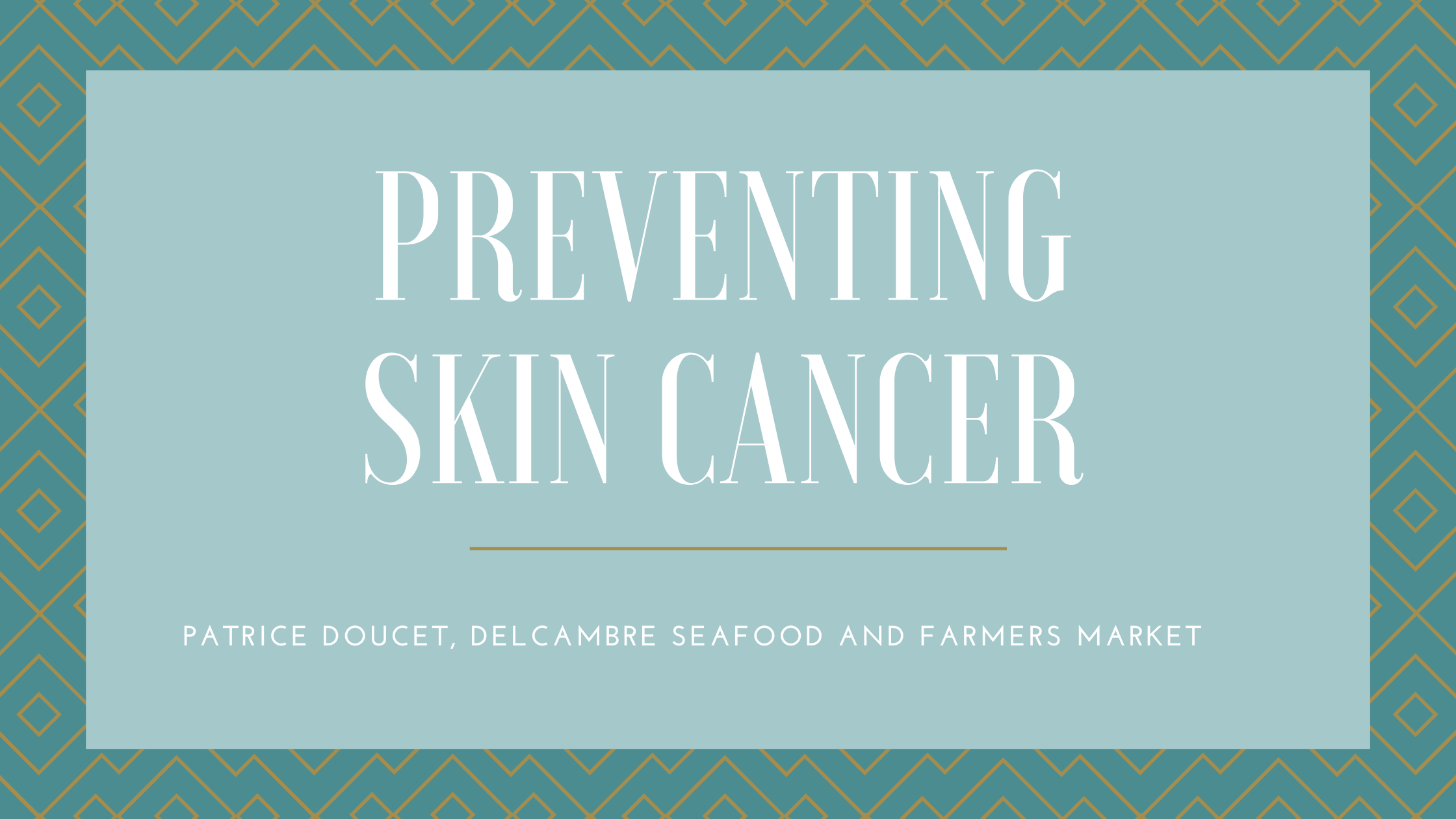With all the recommendations to go outdoors in 2020 and soak up some vitamin D, turns out that many people got sunburnt, according to a 2021 survey of the American Academy of Dermatology. In fact, the survey revealed that when people go outside getting skin cancer is not a top concern. But it should be. Because according to the American Academy of Dermatology, skin cancer is the most common cancer in the United States.
That wonderful sun that brightens our days – in more ways than one – gives off radiation known as UVA rays (longer rays) and UVB (shorter ones). Both types can damage our eyes and skin. In terms of sun protection, the big thing is preventing sun burns, because experts say every time you get a sun burn it increases your risk of skin cancer.
Sunscreens contain a sun protection factor that acts as a filter from the sun, but they can’t block the skin’s exposure to the sun 100 percent. The American Academy of Dermatology recommends using a sunscreen that is at least SPF 30 or higher every day that protects both UVA and UVB rays (look for the words broad spectrum.) As the Skin Cancer Foundation explains it, an SPF 30 allows 3 percent of UVB rays to enter your skin with and an SPF 50 allows 2 percent. This is why you can still get a tan while wearing sunscreen – contrary to what many believe.
Tips to Protect Your Skin from Sun Rays
Buy a sunscreen that you like and will want to use. For instance, if you don’t like any trace of greasiness, consider formulas like Aveeno Positively Mineral Sensitive Skin Sunscreen SPF 50, Neutrogena Hydro Boost Water Gel Lotion Sunscreen SPF 30, and CeraVe Face Sheer Tint Hydrating Sunscreen SPF 30 that absorb quickly and feel downright good on the skin.
Find one (or more) to fit your different needs, whether for walking the dog in the morning, running, fishing, long days at the beach or working in the yard.
Make your sunscreen easy to remember. Leave one on the bathroom counter or next to the back door and another in the door of your vehicle.
Apply the right amount of sunscreen: The National Council on Skin Cancer Prevention says most people apply only 25-50 percent of the recommended amount of sunscreen. Considering the peak sunlight hours are between 10 am and 4 pm, you should apply at least one ounce (a palmful) of sunscreen every two hours, even if it’s waterproof. The sun’s rays break down the formula, as well as water and sweat. Since it’s hard to judge how much you’re applying when using sprays, make sure you give yourself- and your children – a thorough coating. And don’t forget your hands, feet (if you’re wearing flip flops or going barefoot), nose and ears.
Take extra caution if you’re on blood pressure medications, including diuretics and calcium channel blockers. Many blood pressure medicines make us more sensitive to the sun and more likely to get a sunburn, consequently increasing the risk of skin cancer.
Wear UV-protected sunglasses. Eyes can be damaged by the sun too. For one, UV radiation can cataracts or worsen exiting ones. Always look for lenses that say “ UV protection,” on the label because not all dark lenses offer it. When choosing sunglasses, the large-framed or wraparound styles offer more sun protection than fashionable specs.
Wear a hat- NOTE: Some caps have a fabric-covered, metal button at the top that, after an extended period in the sun, can get hot enough to actually burn the top of your head. And, a straw hat with holes all around or a visor don’t offer adequate protection.
Don’t Forget the Lips– Use a lip balm with an SPF 30, and reapply it often. Here are a few: Sun Bum Watermelon Lip Balm SPF 30, $4; O’Keefe’s Lip Repair with SPF 35 Stick $4; Banana Boat Sunscreen Lip Balm SPF 45, Aloe Vera & Vitamin E $3; or Blistex Five Star Lip Protection Balm SPF 30 $3.
Risk Factors
Research shows you are more at risk for skin cancer if you have:
- a lighter natural skin color
- skin that burns, freckles, reddens easily in the sun
- blue or green eyes
- blond or red hair
- more than 50 moles on your body
- a family history of skin cancer
- a personal history of skin cancer
Although the black community has a lower incidence of skin cancer, they are not immune to it. And in fact, when it does occur among people of color, it tends to be diagnosed at a later and more advanced stage, and patients tend to die at a rate of 1.5 times more than white people with a similar diagnosis.
In all likelihood, if you’re 55 or older, skin cancer prevention wasn’t talked about in your home when you were growing up. That can change now by teaching your children and grandchildren to wear sunscreen and protective wear, stay out of the sun at the hottest times of the day and check their bodies for suspicious-looking moles.


Recent Comments